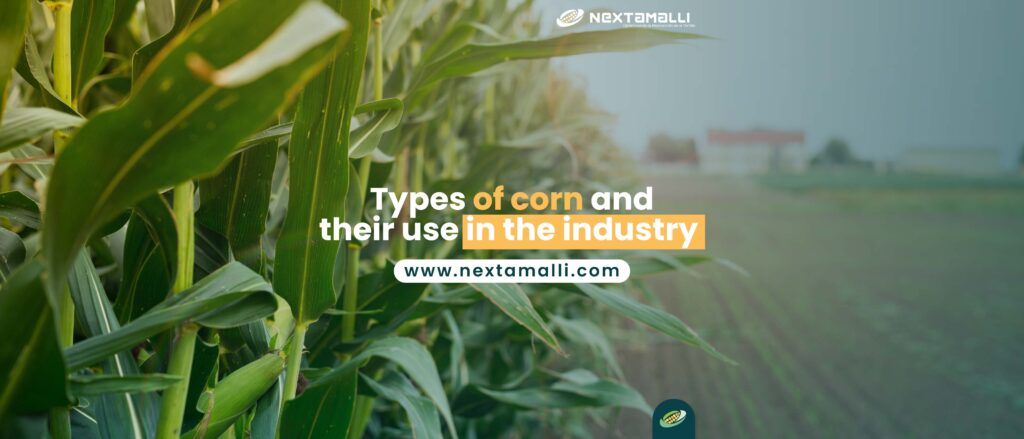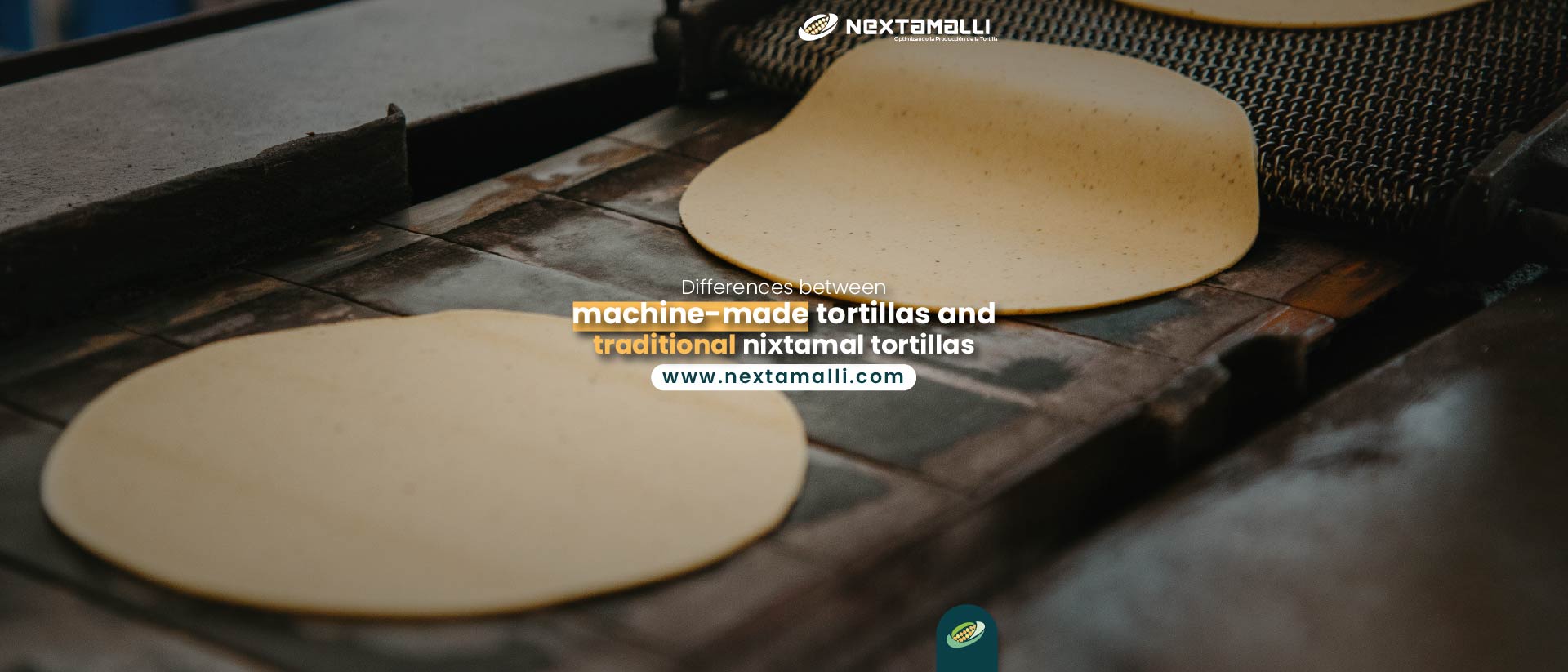Corn is the heart of Mexican cuisine and a fundamental crop worldwide. Its diversity is astonishing: there are more than 60 Types of Corn in Mexico, each with unique characteristics that determine its use in the food industry and beyond.
From the production of tortillas and tamales to its application in bioplastics and cosmetics, corn is a key ingredient in multiple industries. At Nextamalli, we explore the main types of corn and their applications in modern production. 🌍🔥
🌾 1. Heirloom Corn: Heritage and Tradition
Heirloom corn has been cultivated for centuries through natural and cultural selection by local farmers. It is grown using traditional methods, free from genetic modifications, and includes varieties such as:
Blue Corn: Rich in antioxidants, ideal for gourmet tortillas and atoles.
Red and Purple Corn: High in anthocyanins, used in tamales and specialty flours.
White and Yellow Corn: The most common base for tortillas and corn-based products.
🌱 Industrial Uses: Artisanal tortilla production, tamales, atoles, traditional beverages, and organic-certified corn products.
🛑 Challenge: Lower yield compared to hybrid corn, but superior flavor and nutritional value.
🌍 2. Hybrid Corn: High Yield and Productivity
Hybrid corn is produced through controlled crossbreeding of different varieties to improve yield and resistance to pests. It has become the most widely used type of corn in the food industry due to its high production per hectare.
🔹 Advantages: Uniform growth, higher yield, and better climate adaptation.
🔹 Applications: Industrial flours, cereals, snack foods, and biofuels.
🚜 Industrial Uses: Mass production of tortillas, nixtamalized flours, and corn-based snacks.
🛑 Challenge: Requires greater use of fertilizers and pest control.
🌾 3. Genetically Modified Corn (GMO): Controversy and Large-Scale Production
Genetically modified (GMO) corn is designed to resist pests, droughts, and herbicides. It is widely used in countries like the United States, Brazil, and Argentina, although its production in Mexico is restricted to protect native heirloom varieties.
🔸 Main Uses: Starch production, sweeteners, bioplastics, oils, and processed foods.
🔸 Advantages: High yield, reduced losses due to pests, and greater efficiency in industrial production.
🛑 Challenge: Debate over its environmental impact and its effect on the biodiversity of native corn.
💡 Choosing the Right Corn for Each Industry
Each type of corn has specific properties that make it ideal for different uses. At Nextamalli, we highlight the importance of selecting the right variety to obtain high-quality products in the food industry and other sectors.
🌽 For tortillas and nixtamalized dough: Heirloom and white hybrid corn are the best choices.
🍿 For snacks and fried products: High-starch hybrid corn is commonly used.
🛢 For bioplastics and biofuels: GMO corn and high-starch varieties are essential in chemical industries.
Innovations in nixtamalization allow each type of corn to be used more efficiently and sustainably, ensuring better production processes.
📢 Want to learn more about optimizing production with the right type of corn? Read our blog to discover the best options for your industry. 🚀🌽





